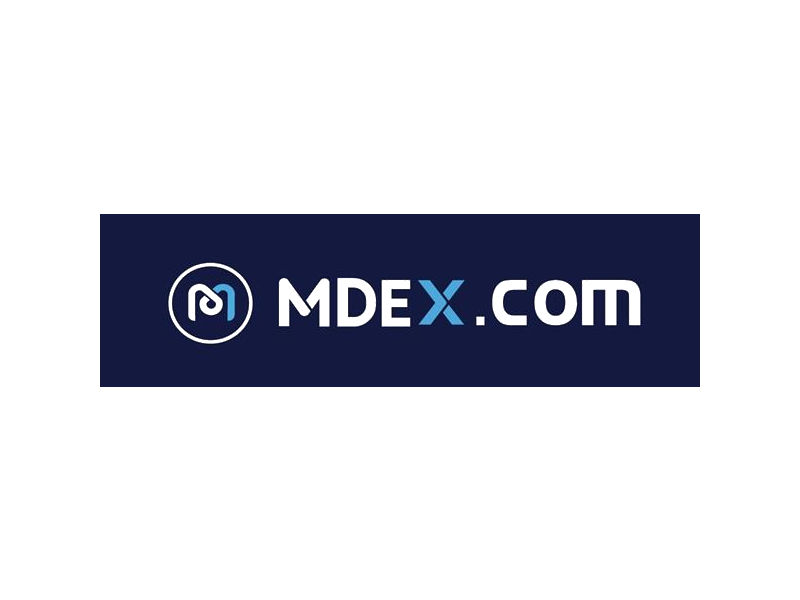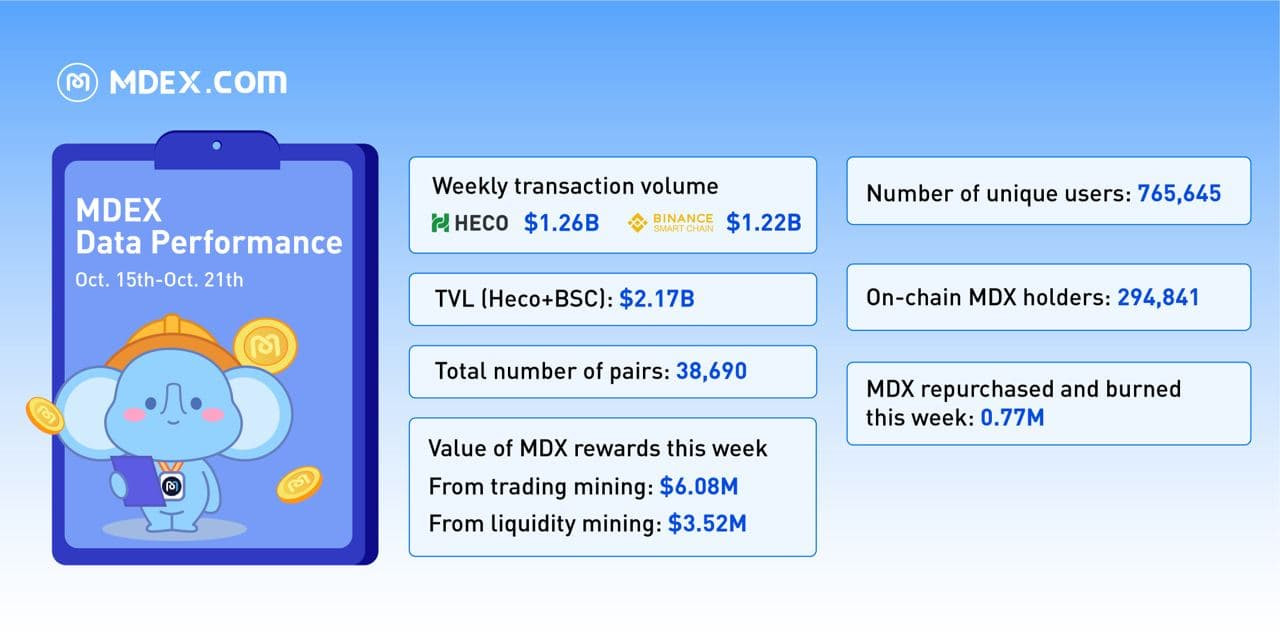Recently, the decentralized exchange Mdex has announced the launch of its AMM-based order book trading function.
DEX has achieved significant growth in 2020. As represented by Uniswap, it has captured a large number of users and trading volume through the combination of license-free token listing, AMM and liquidity mining. Top DEXs, such as by Uniswap and Dydx are on par with other leading CEX such as Binance.
By decreasing the risks caused by single point of failures (e.g., as team problem and policy suppression), DEX relies on the AMM mechanism to eliminate counterparty risks and allow users to invest their disposable funds to gain benefits. Moreover, the apperance of license-free tokens is undoubtedly welcomed by all sorts of projects and investors with high risk appetite, since the former could enjoy a decreased cost for listing in an exchange and the latter could join a project at its early stage and have the opportunity to gain higher benefits.
What is the problem with AMM “simple transactions”?
That being said, the current DEX is far from perfect. It overlooks the risks associated with smart contracts and is heavily based on the AMM mechanism, which is rather opaque to users who can only make immediate, priced transactions. They do not have the flexibility to respond in advance to possible changes in the market, and to protect themselves against risks, they have to keep close eyes on the market, which is particularly inconvenient in the derivatives trading.
AMM also disarm market makers in front of risks, such as impermanent loss and greatly reduce their responsiveness towards extreme market trends.
In addition, many people have encountered the MEV, “sandwich attack”, arbitrage bots that use high Gas to preempt the transaction. These practices not only lead to your repeated transaction failures but also push up prices.
Many DEX programs have come up with different solutions to problems like low slippage and impermanent loss. However, since the revenue of LPs in AMM comes from transaction fees, the more valuable LPs you provide, the less revenue you get; otherwise, the higher the slippage, the worse the trading experience. Slippage essentially protects the interests of the LP at the expense of the traders’, while impermanent loss protects traders’ interests at the expense of the LPs. The result of this game is that the liquidity in AMM-based DEX is worese than the CEX.
What difference can Mdex order book make?
Mdex’s order book solution promises to provide users with more autonomy and predictability and allows them to trade more easily and with less risks. It is likely to be the starting point for DEX to challenge CEX’s leadership.
Mdex’s order book mechanism, in addition to market orders, allows users to place limit orders, stop orders, etc. Users can also use this new function together with the already launched market function to view depth charts, positions, leverage ratios, etc.,—an experience comparable to that of CEX.
Mdex has gathered more than $2 billion in TVL, and been deployed on Heco, BSC and ETH. Its daily trading volume has reached $800 million, ranking it among the top DEXs, such as Uniswap, Sushiswap and Pancake.
Combining order book with AMM: the bound route
One of the reasons for the success of AMM mechanism is the high transaction fees and long transaction confirmation time on Ethereum. If DEX adopts the model of order book, the long waiting time and high fees will surely intimidate the majority of users. And at the same time, current blockchain market has seen the birth of several new public chains, such as BSC, and Ethereum Layer 2 that have been greatly improved and only charge low transaction fees. AMM, thus, seems to be redundant now. Order book transaction function that embodies multiple functions and have more sophisticated plans will be the new trend in DEX. As proved by traditional stock exchanges, suchas NASDAQ and other trading platforms, order book is arguably the most capital efficient and transparent trade execution model.
The changes in Uniswap V3 already suggest that Uniswap is reducing the role of AMM and moving closer to the order book model. Its regional market making mechanism is already giving market makers to make their own choices and strategies. The next step is to allow traders to make strategies by themselves, that is, the order book function launched by Mdex at the moment. The fact that Uniswap boasts the highet cumulative transaction without liquidity mining shows that as long as the liquidity and depth are good enough, users will still choose your product. Mdex’s previous low slippage in large transactions has been recognized by the market.
Mdex now is taking an earlier step than its competitors to launch the decentralized order book trading. This choice vividly shows its profound understanding of trading and deep insight into the overall trends of blockchain technology. As there are more applications are implemented and investors become more rational in the crypto industry, order book transaction can provide users with more sophisticated plans and therefore will unsurprisingly be more popular.


